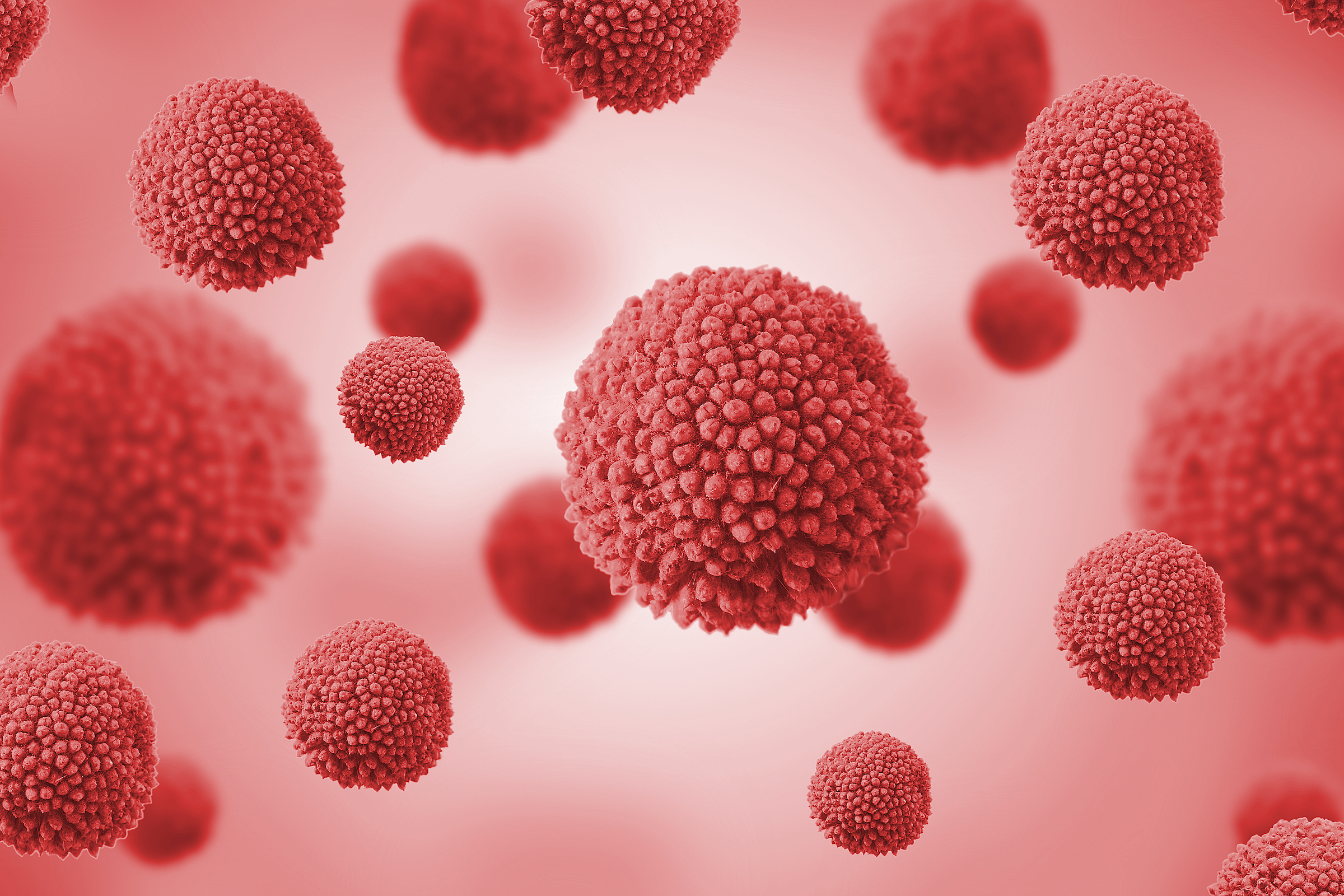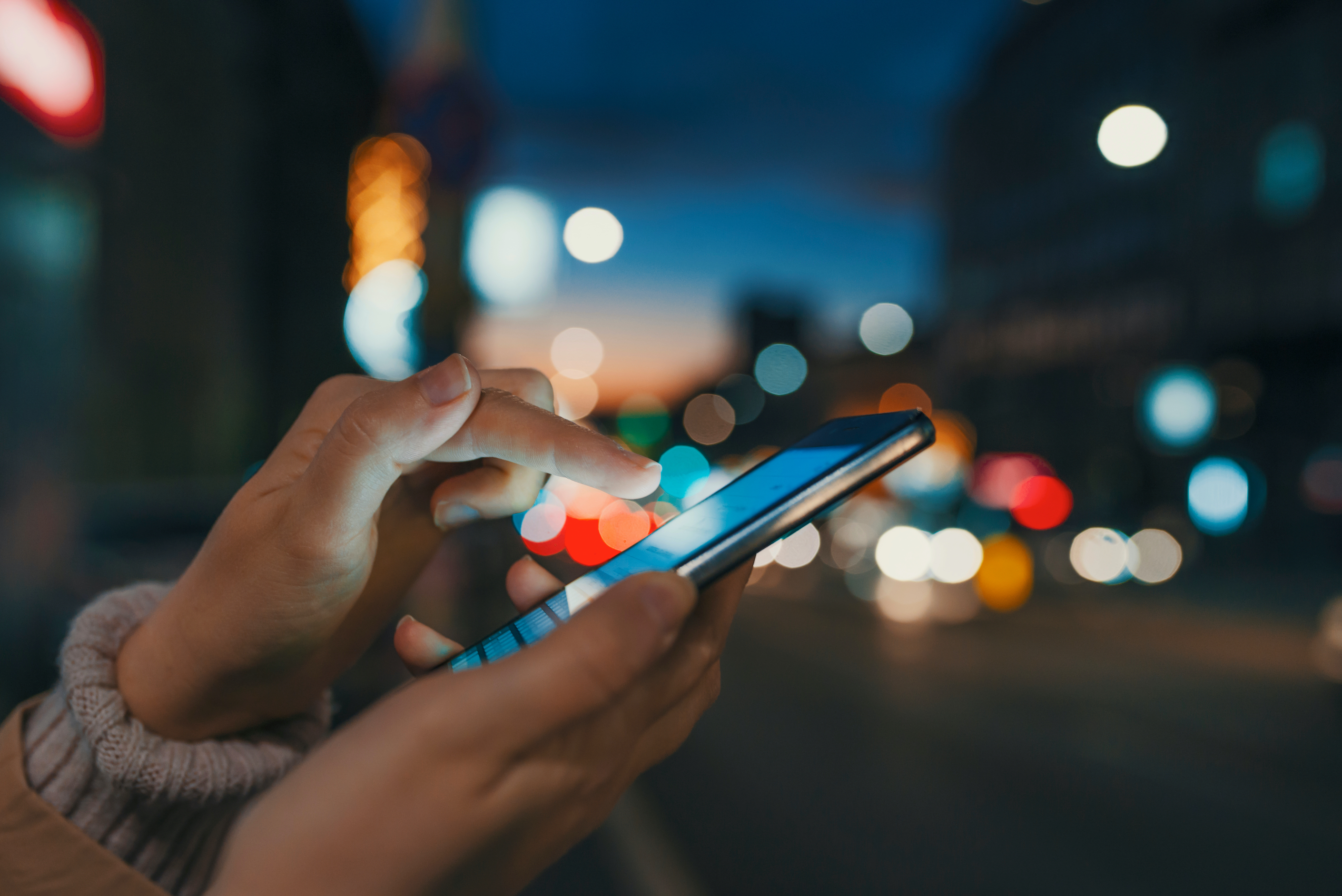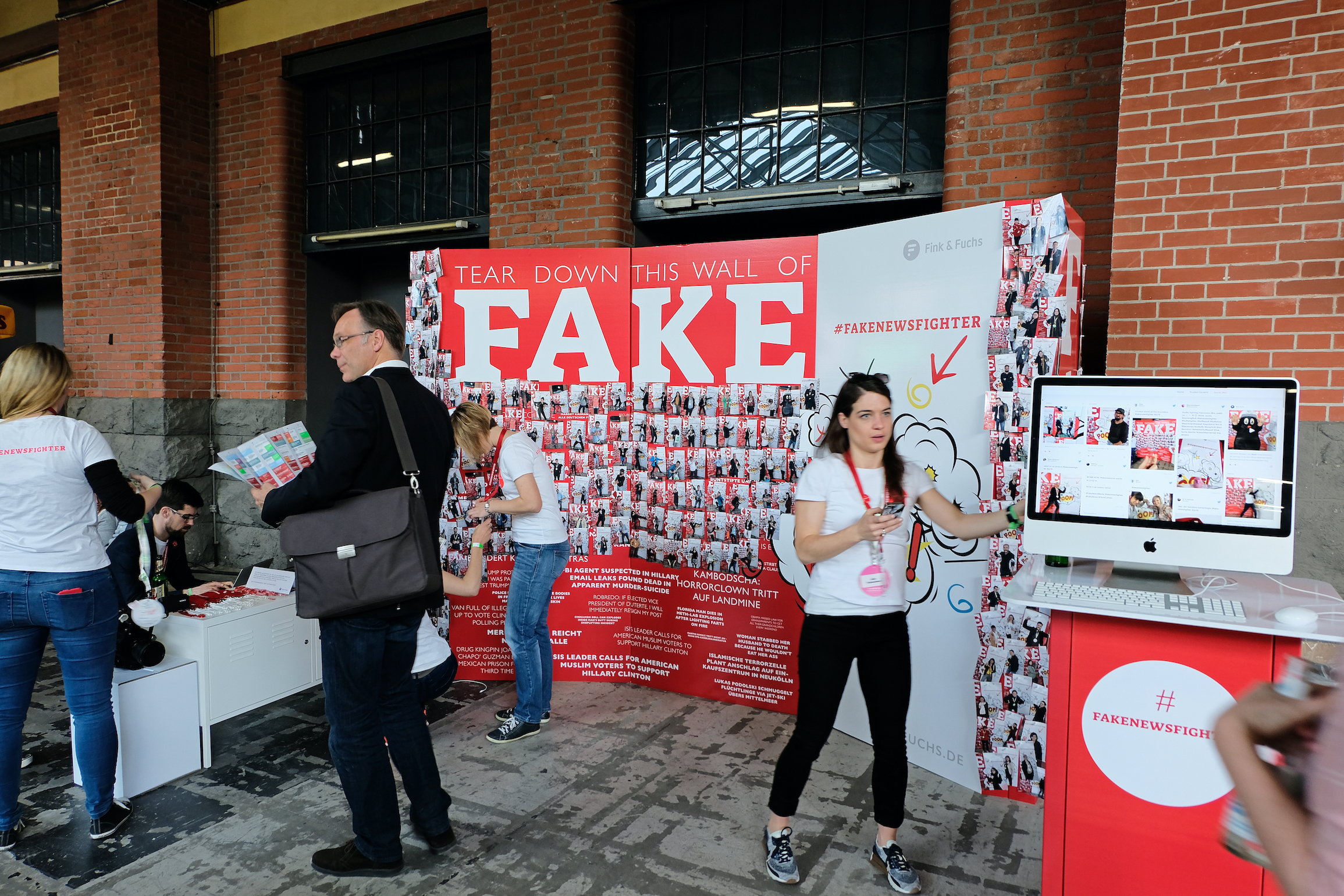What can we do about fake news? Our research team has spent a lot of years trying to develop what we refer to as a psychological vaccine against fake news. I'm writing a book at the moment which will be called The Truth Vaccine. In it, I explain the viral analogy, which I think will be useful here as well.
We can think of misinformation as a pathogen in the sense that it spreads from one person to another, from one mind to another, quickly and rapidly, and unlike real viruses, without the need for physical contact. But also it acts like a virus in the sense that once it enters the human brain, it nests itself in our memories and it makes links with other things we know. It's very difficult to correct. In fact, we found that the standard way of doing things, like fact checking and debunking, although good, aren’t so effective because it's very difficult to correct a myth once it's ingrained itself in our minds and memories.


